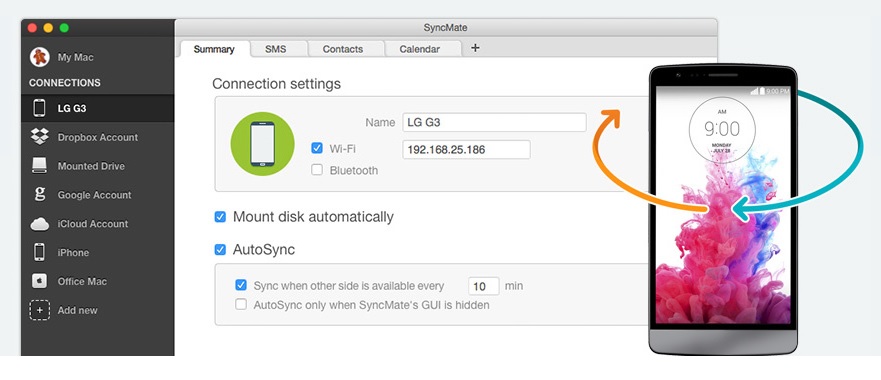
In the world we live in today, we are fully dependent on the financial industry. Gone are the days when barter trade was in the air and physical goods would be exchanged for another. Because of this increased dependence on the financial industry, it works hard to meet its customer demands. Even with the hard work put in, the industry faces many challenges, the major ones being increasing pressure that arises from competition, customer and investor expectations as well as regulatory requirements that are sometimes overly stringent. The good news is that there is a solution to this- safe, compliant financial software. Now the question then is, how can safe financial software be developed? Well, this article takes us through the six steps in safe, compliant financial software development. In case you are working in the financial industry, after going through this article you should get some light on how to go about the challenges you could be experiencing in the course of your working in the financial industry.
1. Goal Definition
Like in any project development cycle, the first step in financial software development is the definition of the purpose for which the software is developed. In creating financial software, a developer works with the specification of the bank or credit service provider who needs the software. Talking about these goals and purposes, there are so many of them in the financial industry. Some of them include creating financial reports, tracking losses incurred and benefits accrued, processing Value Added Tax (VAT) and revenue as well as sending customers their invoices. We normally do not leave our houses going ‘somewhere’ we do not know. We get to determine our destination before leaving. In a similar sense, a financial software development project sets off with the definition of purposes- the developer must know the clients’ destination to avoid trekking on any path or using any route.
2. Undertaking a Study and Feasibility Analysis
Now that the financial organization knows its destination- why the bank or the financial service provider needs the software, they can then research on which route to take and the appropriateness of the route. A series of studies are started on financial software development. For example, which language will be appropriate for the chosen purpose for which the software is developed? This selection is crucial since there are so many programming languages that work well with financial software and the purpose or goal of the software informs that decision. The list is endless but the main ones are Java, Python, C++, Fortran, SQL, and R. C++ grants the user high performance yet not so friendly as compared to Python and Java. The latter ones are oriented with objects which make the customer experience great. While looking at the various programming languages, the investor examines the viability of the language to be chosen. Will it stand the usage? Given breakdowns, can it be repaired and get to pick up once again? The study looks at all the available options versus their feasibility.
3. Design
The financial unit is now fully aware of the options that can be used and their strengths versus weaknesses. Also documented down are the threats posed by the options vis-à-vis the opportunities that are likely to come through, courtesy of each of those options. The next step in this cycle of financial software development will be the laying out of the design. This refers to the process of settling on the right platform on which to operate and determining the appropriate technology stack to be used. With the decision on the platform made, the bank can see exactly how the clients’ investment portfolios are going to be run. This can be a single-sided platform or a multi-sided platform (which will depend on the available budget). A one-sided platform would handle a single entity like basic data on loan requests while a multi-sided platform handles many entities and that are sophisticated in nature like streaming quotes, the overall sustainability of the industry, and traders’ charts.
4. Technical Specification Layout
Any project requires a technical specification – a document or documents that state out the prerequisites for a system, project, or product. Financial software development equally requires such specifications for its smooth running. Probably you are wondering, of what use is the technical specification? As the name suggests, technical specification gives specificities on the technical requirements of financial software. Also given are the best standards and recommendations which when followed, will optimize feedback. Examples of such will include an executive summary, revision log, glossary, assumptions, and dependencies as well as citations for references.
5. Drawing the Budget
Aspirations are only met when they harmonize with the budget. Because such is the case, budget is probably the greatest determinant of the success of financial software development. Hence, at this stage, the financial body brings to light all the factors and data as gathered in the first four steps. The goal for the software is set. The study has been carried out about the programming languages that can be used and their feasibility determined. The threats, opportunities, weaknesses, and strengths of the platform and technology stack are also clear. The technical specification has been designed and availed. Now to actualize all this, how much is needed and how much does the organization have?
6. The Choice of the Right Developer and Implementation of the Plan
The organization goes through all the prerequisites as needed. Assuming that the budget ties with what the organization has in store, what is left is the selection of the appropriate financial developer. Once chosen and sourced, the financial development software actualization takes place. The financial software developer works closely with the organization, trying to satisfy needs as stated out in every part of the financial software development procedure. Once implemented, there is a time-to-time audit to see whether the goals are met. Strategies are also laid in place to counter any challenge that may come.
Conclusion
The process of financial software development is a delicate venture whose outcome determines the success or failure of a financial organization. Do not worry though- we are here to give you light on how to conduct your financial software development in such a way that you end up with a safe and compliant financial software that beats the competition in the market and at the same time meeting regulatory requirements which in turn lead to robust profitability. First, define the purpose of the software. Secondly, carry out research and feasibility analysis. Thirdly, design the platform and the technology stack. Fourth, come up with the technical specification layout. Fifth, draw your budget and compare it to what you have in store. Lastly, source the right developer and implement the software placing. From time to time, conduct audits to see whether the software is performing as predicted in the initial stages of the financial software development cycle.











![Watch Video Now on xiaohongshu.com [以色列Elevatione perfectio X美容仪 perfectio X 全新仪器黑科技了解下]](https://www.techburgeon.com/wp-content/uploads/2019/07/perfectiox-singapore-150x150.jpg)
